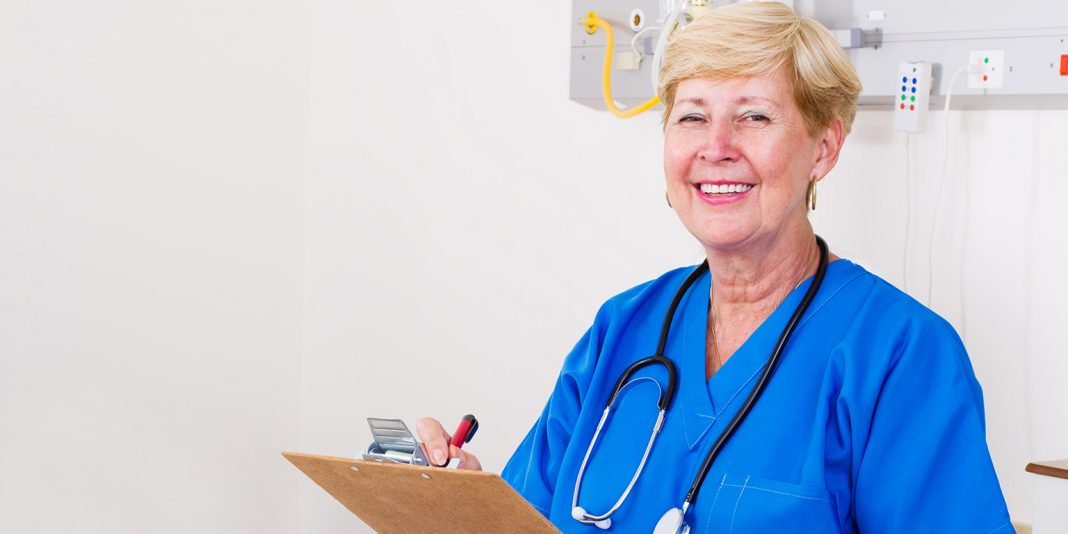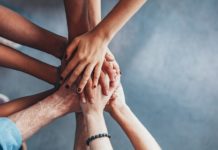
The aims of cultural safety education have remained unchanged since its inception nearly 25 years ago.
The Nursing Council of New Zealand’s guidelines say the aims are to educate student nurses and midwives to “examine their own reality and the attitudes they bring” to practice relationships, to “demonstrate flexibility in their relationships” and to “evaluate the impact of historical and social processes” on populations.
In their 2014 book How to nurse, Canadian nurse scholars Gwen Hartrick Doane and Colleen Varcoe observe that self-knowledge helps us to change the way we think about others, ourselves and society so that our practice can be responsive to the complexity of patient need.
Over the last two years we have been researching student ways of knowing (epistemology) and our learning and teaching strategies when teaching cultural safety in a Bachelor of Nursing degree. In the module called ‘Social Context of Nursing in Aotearoa New Zealand’ we aim to help student nurses to widen their perspectives and think about how they develop and use knowledge.
Following a pilot study in 2013 we undertook a second piece of research analysing student reflective journals. Our participants were first year, second semester nursing students who generously agreed to share their online reflections at the end of the semester.

Mastering reflective practice takes time
It is important to remember that mastering the skills of reflection (see table 2) takes time and will develop with perseverance. In the process of reflecting we can learn to see ourselves, our thinking and behaviours in new ways; we can learn to question our taken for granted understandings of ourselves and others and importantly the ways in which power affects our relationships. A significant finding from our research was the importance of using reflection as a way to support learning and develop self-awareness, an important aspect of cultural safety practice.
For many of our students using reflection for the first time early in their degree was hard and frustrating. However, developing good reflective writing techniques and understanding the relevance helped them to make sense of the material they were presented with in class.
We suggested a number of frameworks to help make the process clearer, as using defined frameworks helped students to stand back from their experiences and critically analyse them for new understandings or views.
There are multiple explanations of what reflective practice is and a number of models can be used. In our research we noticed that using Professor Graeme Gibbs’s Reflective Cycle (1988) framework, though sometimes helpful at the beginning, became limiting as the semester progressed as it forced students into simplistic evaluations rather than true analysis.
Writing a description of an event or a response to something new or different is the beginning point of reflection and that needs to be followed by analysis of feelings. Getting a grasp of the feelings evoked in a situation is very important to the reflective process. The next stage is to think more deeply about the knowledge that has informed your point of view and how this might impact on what you do or think. All this helps to develop self-knowledge.
See the boxed ‘Reflective practice scenario’, which outlines an imagined scenario and how a student might reflect on it using the ‘What’, ‘So What’, ‘Now What’ model outlined in table 2.

Reflection can deepen understanding
The quotes below are from the student journals in our research that demonstrate how students have used the reflective process to deepen their understanding and shape their practice.
- I realised that I must step out of my own “zone” in order to view other important waves (perspectives) in situations that I may face as a future nurse. (Kim)
- I felt I was trying to place pieces of a zig saw [sic] puzzle together at the beginning of this semester. It took me days of deep thinking to be able to write my first reflection regarding my own culture. (Felicity)
- A sound knowledge of who I am, and my own culture helps me to relate to people with similar values and beliefs. Being aware of my own thoughts and feelings also helps me to know how I will react in certain situations, and gives me the ability to take a professional approach rather than a personal one. (Henri)
Developing reflective practice is essential to many of the professions that aim to work with people effectively and has become a significant aspect of nursing practice. It can be framed as a way into considering accountability, verifying ability or noticing development or as a critical process that involves thoughtful analysis and increased awareness of self in relation to others and context.
In this article we have focused on the process and skills of developing reflective writing to support practice. Our next article, based on our research, will develop the connection between self-awareness and practice. ✚
Authors:
- Katrina Fyers MA, RGON, is a senior academic staff member at the Centre for Health and Social Practice, Wintec.
- Sallie Greenwood PhD, MSocSci, RGN, is a principal academic staff member at the Centre for Health and Social Practice, Wintec.
Reflective practice scenario
The student has attended a lecture where racism was discussed followed by a tutorial where some strong feelings were expressed by some students.
WHAT?
The descriptive level includes the context, actions, expectations, feelings and thoughts evoked by the experience. We might see something like this:
The lecturer talked about racism and I felt as though I was being blamed or accused of being racist. I was really angry with the lecturer and said so in the tutorial. Lots of people in the class agreed with me.
SO WHAT?
The next stage of reflection is the learning phase, a deeper level of reflection on what the responses mean. The student might ask themselves what was going through their mind and how did they understand their responses. They might ask themselves what other views they could bring to their understanding of the situation. We might see something like this:
I wondered why I felt so angry. Maybe I didn’t need to take the information so personally. I read some of the articles provided about different levels of racism and realised it wasn’t necessarily aimed at me personally but at the structures. I began to think how it might feel to be discriminated against and wondered whether I had ever discriminated against someone without even realising it.
NOW WHAT?
The final stage involves reflecting on future actions and possible consequences. We might see something like this:
Now I can see that if patients are discriminated against it can have profound effects on their health and wellbeing and stop me being able to nurse them effectively. I think I need to find out more about racism and notice my reactions to people who are different from me.
Article references
- Hartrick Doane G. and Varcoe C. (2014). How to nurse: Relational inquiry with individuals and families in changing health and health care contexts. Philadelphia, PA: Lippincott Williams and Wilkins.
- Pawar M and Anscombe A.W. (2015). Reflective social work practice: Thinking, doing and being. Port Melbourne, Australia: Cambridge University Press.
- Yip, K. (2006). Self-reflection in reflective practice: A note of caution. British Journal of Social Work,36(5), 777-788.
- Bulman, C. (2013). Help to get you started. In Bulman, C. and Schutz, S. (Eds.) (2013). Reflective Practice in Nursing (4th edition). Somerset, NJ, USA: John Wiley & Sons, Inc.
- Jasper, M. (2013). Using journals and diaries to enhance practice and learning. In Bulman, C. and Schutz, S. (Eds.) (2013). Reflective Practice in Nursing (4th edition). Somerset, N.J., USA: John Wiley and Sons.





















